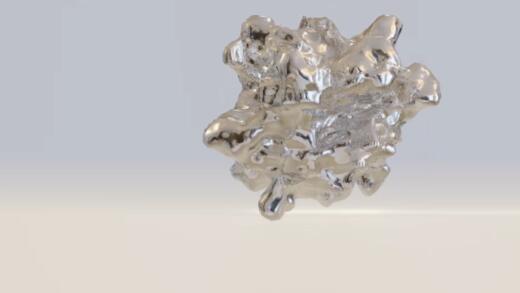
Linda Lach is a Warsaw-based visual artist who draws on her knowledge of physics and mathematics when creating. Recently she built a program called Trans-line that estimates the possibility of identity swapping. Her current project, FEEDBACK, about the search for homeostasis, features new data-based drawings and is currently on view at Stroboskop Art Space until May 13th, 2022.
Sonia Jaszczyńska: What is the content of the Trans-line experiment?
Linda Lach: Trans-line is a program that measures the likelihood of swapping lives with another person. It distinguishes 21 areas most significant for human life, such as place of residence, associated identity, or relationship with parents. In addition to swapping lives, the program also counts the probability of exchanging one trait or getting rid of some trauma. Trans-line makes it possible to think of ourselves in an ideal way, without the things that bother us or that we don’t like about ourselves.
The parameter to be exchanged is replaced by the qualities of another person?
You can choose to compare yourself to a specific person and enter their data into the program, or you can choose one of the 21 subject areas and within it solve decision trees that allow the program to map your needs. So you can trade your life for another person’s life or trade yourself for a better, more interesting or ideal version. Trans-line is an attempt to answer the question: what if I were someone else? We are all aware of our finiteness, we are equipped with a set of innate qualities, and we experience events on a macro scale as an organism placed in some reality. What happens to us, which can have a real impact on our future lives, is often out of our control. If I were someone else, different things would probably happen to me than what has actually happened to me, or I would be devoid of certain conditions.
Trans-line is a thought experiment that within its assumptions, refers to the assumptions of pataphysics. What is pataphysics?
Pataphysics was an alternative form of science that did not seek to achieve tangible results and relied mainly on doing science in a formal way, publicizing through conventional methods like symposia and publishing articles. It also paid attention to the logic of the scientific community and how scientific truths are formulated. Pataphysics deals with what is in between. It takes for granted that everything that can be thought of is possible, and has the same value as sorted data and definitions that have been accepted by science and tested empirically. When a physicist performs an experiment and gets a particular result, he does not consider all the other possible conclusions that could exist. He simply records the result of the measurement he made. And pataphysics says that all the answers to that experiment are equivalent and so exist in the world. Only looking between zero and one, for what is in between, is valuable according to pataphysics.

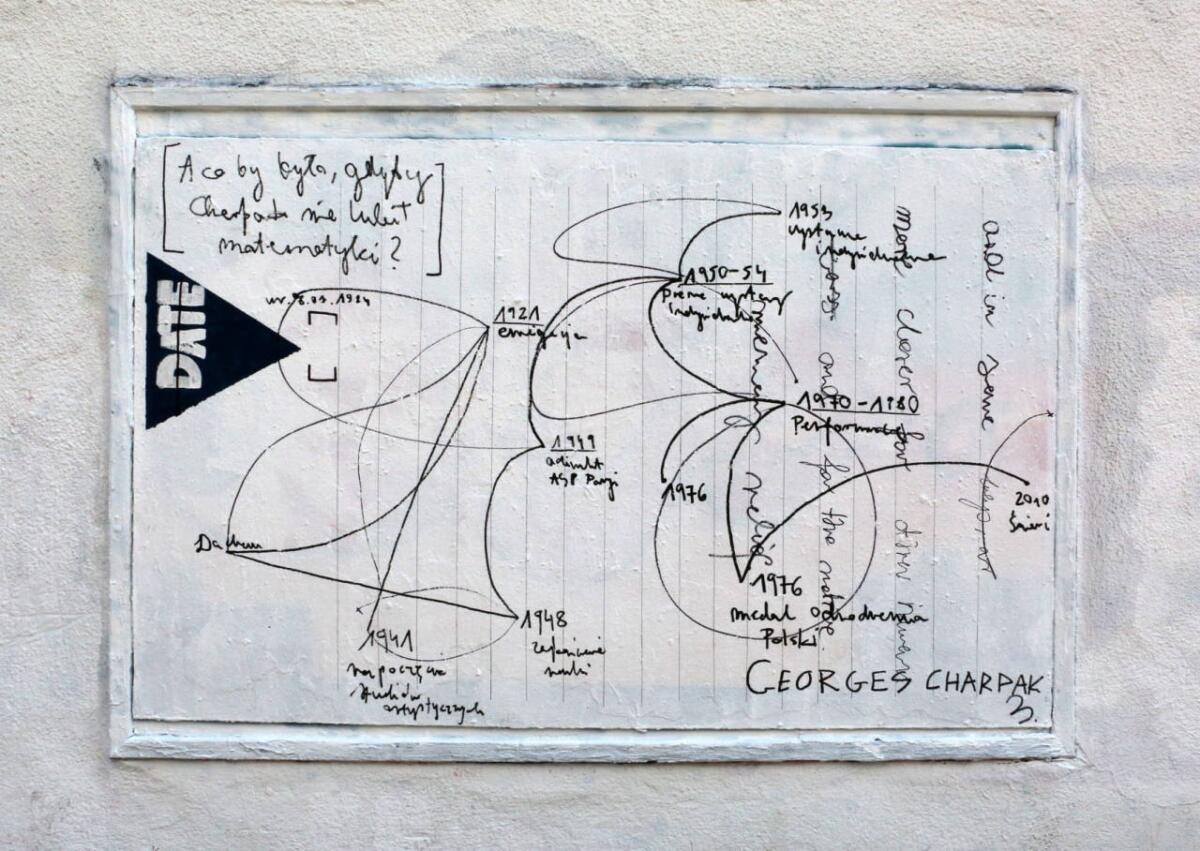
Pataphysics provides a critical view of institutional science, forms of knowledge production, and the relationship of power to knowledge, that is, how certain content is presented to us as credible, yes?
Pataphysics also looks critically at what is considered scientific truth and so-called “hard data” and what is decidedly not. Schemes in the world of science are built in such a way as to produce one definite answer at the end. A process is only satisfying from the point of view of science if it leads to some kind of conclusion. Between what could be proven and what cannot be proven, there are a whole lot of solutions that science rejects because they are not reliable or valuable from the point of view of the final result. It does not deal with them because it seems to be a pointless waste of time. Any information which does not lead to a definite solution is rejected in advance.
You, however, enjoy the fruits of unproductive knowledge, the knowledge of the gray area. The amount of data about the world is infinite, and most often we evaluate reality in terms of the data that seems useful to us. The amount of useless data is infinite – it too can be visualized and dwelt upon.
The progress of civilization or technology is possible only because patterns are introduced and information that is unnecessary at first glance is discarded. Our body sorts information in the same way and chooses the best and most efficient option to survive another day. This makes sense when the action is geared towards a specific goal. My actions, on the other hand, do not necessarily have a specific goal or effect. So I don’t act anti-science – not even alongside it, but somewhere in between. What I do grows out of scientifically correct data, but is like a secondary interpretation of it. An attempt to translate it into a micro version, into my world, my organism, understood as a system.
How does the Trans-line project benefit from the concept of pataphysics?
Thanks to pataphysics, Trans-line does not have to aim for a specific, measurable result. It can function as an experiment, it can last and exist because it is conceivable. As long as it can be thought of – it exists. That is enough. An experiment has some kind of visualization or graphic representation, but it’s not really necessary to imagine a program. So from the point of view of pataphysics, visualization is unnecessary.
So for Trans-line, the theoretical framework is experimental and related to the process of thinking?
Thinking conceived as action.
An artistic activity in which the visual component is not as important as the process?
Yes, the visual element often disappears later. I used to divide the artistic process into exploding and imploding. The exploding process produces fruit in the form of work. Implosion, on the other hand, is when the process happens only in my head. I create the skeleton of an action and carry it out, for example, on the principle of making it more effective. With Trans-line, I had to come up with the most efficient way of running the application, making the databases work best together. And this was work that I had to do mostly in my head. In fact, thinking is much more important than its equivalent, the subsequent visual representation. A lot of my work is ephemeral and performative. I have noticed that there is a compulsion to translate thinking understood as action into some kind of product. And it has to be a physical product. If I came to an exhibition and announced that I had thought of something in such and such a way, everyone would say that there is no tangible proof of the thought, so it is not as valuable as something tangible.
You have designed the Trans-line program and identified a multiplicity of goals and solutions. An additional realm of it is the visualization of data collected on the characteristics of the subjects.
From a pataphysical point of view, it would be good if the visualization of the program did not provide a finite number of solutions, but was something open, like a neural network. Something thinking, which is constantly collecting and analyzing data, creating exchanges within the network and shaping it all the time. So the visual representation is a little bit of a game, also played by pataphysicians who were fond of such superficial solutions. Trans-line will have a visual representation but it will not really work, because the neural network never finishes its work. It functions and transforms only as long as someone is using it. So the day the program is presented is also the inauguration of a work that will always exist, because it has already been conceived once. In this sense, the visuality of the Trans-line project is just a kind of facade.
Is it a situation where the interface is manipulated but the user retains an insight into what is inside?
It may seem that the main purpose of the Trans-line project is swapping, but it is also to show the database. The database will be public, you will be able to see all the answers collected. The main goal is to store the data and show it as equivalent to the result, the final swap. Everything that led to that substitution is equally important, and will be collected and archived in the project.
When you make graphs and build programs you use forms of visuality that are typically reserved for science. Are you doing so to create an impression that is essentially a facade, or are you concerned with creating an effect of inaccessibility?
I consciously use science as a facade. It helps me hide some things that are uncomfortable for me, for example there is a lot of emotion in my work. I draw diagrams or decision trees about my life, where I will go or what I will do that day. It’s a kind of meditation that I go through and it has its visual representation in the form of a chart. However, it’s not really about the chart per se, it’s about how I felt when I created it. I have always perceived myself through regularities. As a child, walking down the street I would count the streetlights. I relied on specific numbers or words that gave me a sense of grounding, of being here and now. This knowledge made me feel safe. Mathematics is the code that I hide behind. If all of a sudden all the codes and charts were translated back into my inner thoughts and feelings, I would be exposed. I wouldn’t want to let that happen.
FEEDBACK, the project for Stroboskop, also features this day-by-day drawing and transcription of your experiences.
Initially, my activity consisted of coming to Stroboskop to draw on the walls every day for two weeks, at a more or less fixed time. I divided everything into micro and macro scales. How I felt and how I thought about the feeling of my environment. I rounded it all off with any external data I could get my hands on, such as the weather, or the news. This was to act as an entry point for the viewer. People who came to the exhibition read the charts and remembered, for example, the day it snowed. At first glance, it may seem that my actions only serve to fulfill my individual aspirations. For example, in the case of Stroboskop, that aspiration is the desire to achieve homeostasis. However, when I placed the diagrams in a publicly accessible space, it turned out that they presented universal content with which other people could identify and interact, recalling their own experiences. Graphs, too, can have a poetic quality, creating a kind of narrative. Pieced together, the dry data creates a narrative that one can relate to and resonate with others who exist in the same time and place.
In both the Trans-line study and the concept of feedback itself, there is the notion of inbound and outbound data.
To build a neural network, you must have input data. A network will not exist without consistent input data from which other data can bounce or grow.
When you started the process at Stroboskop, did you also start from such immutable data?
Everything was based on the notion of homeostasis, so I started with data that I knew about myself. After a few months of planning, I met with Katie and Martyna (directors of Stroboskop) to discuss the project again at the beginning of the war in Ukraine. It was data that I was sure of, and at the same time, it was an event that affected me directly, as it did for many of us here in Poland. I also became ill with COVID, which hit me very hard and I continue to struggle with its long-term effects. This situation caused my mental illness to return and my neurotic symptoms to worsen. Starting with these three particulars, which felt like a strong homeostatic disturbance and deviation from normal, I launched into the next two weeks. I started the process from a state of imbalance and tried to create a sensation of calm by working on the walls every day in order to return to the previous state. However, this proved to be completely impossible.
Why did you become interested in looking for homeostasis?
I had previously done a paper on medical triages – these are graphs used to classify patients who arrive at the emergency room which determine how quickly they require a physician’s response. However, triage is useless in the face of mysterious symptoms like dizziness, which, by the way, I have experienced. It is not known why this occurs, and it is essentially unrecordable even with all of the tests available today. I learned that virtually any factor that disrupts the “homeostasis of the body” can cause dizziness. This was the first time I had ever encountered such a statement. With FEEDBACK, I wanted to bring order to the chaos within and around me. Homeostasis is the body’s striving for perfection – a situation in which it is perfectly hydrated and perfectly nourished, and all its parameters are balanced. But this is a state that is only achievable for a short period of time. In fact, one strives for it for all of one’s life, but never actually achieves it. Homeostasis is disturbed from birth and cannot be restored.
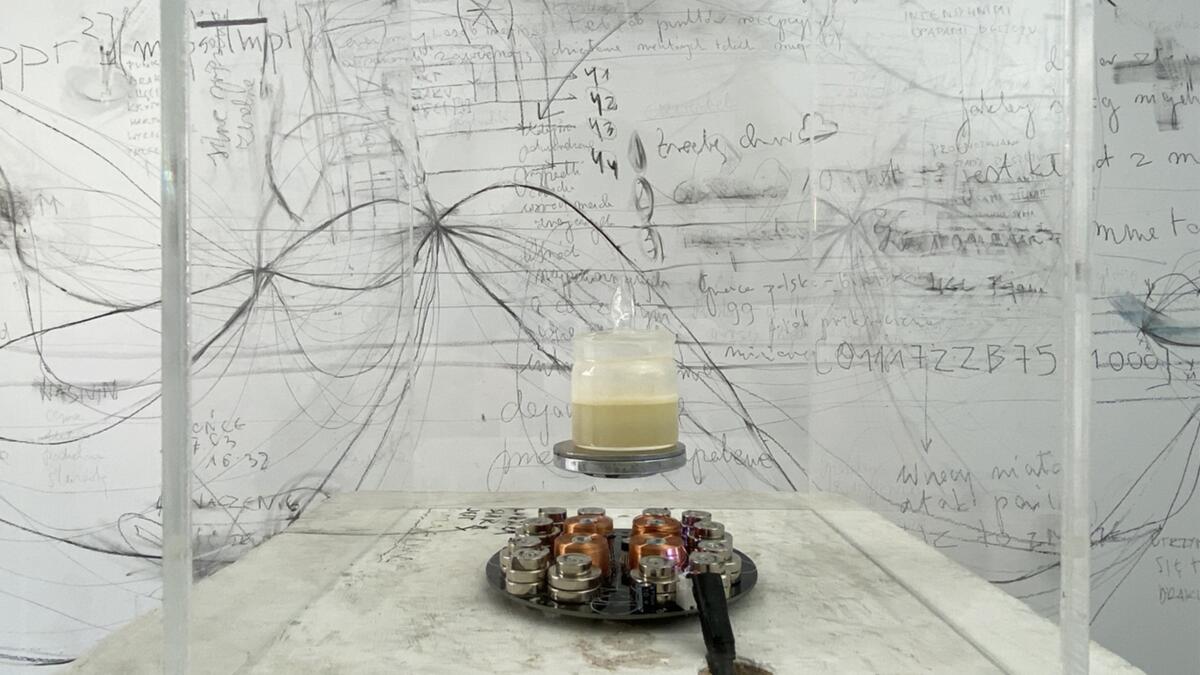
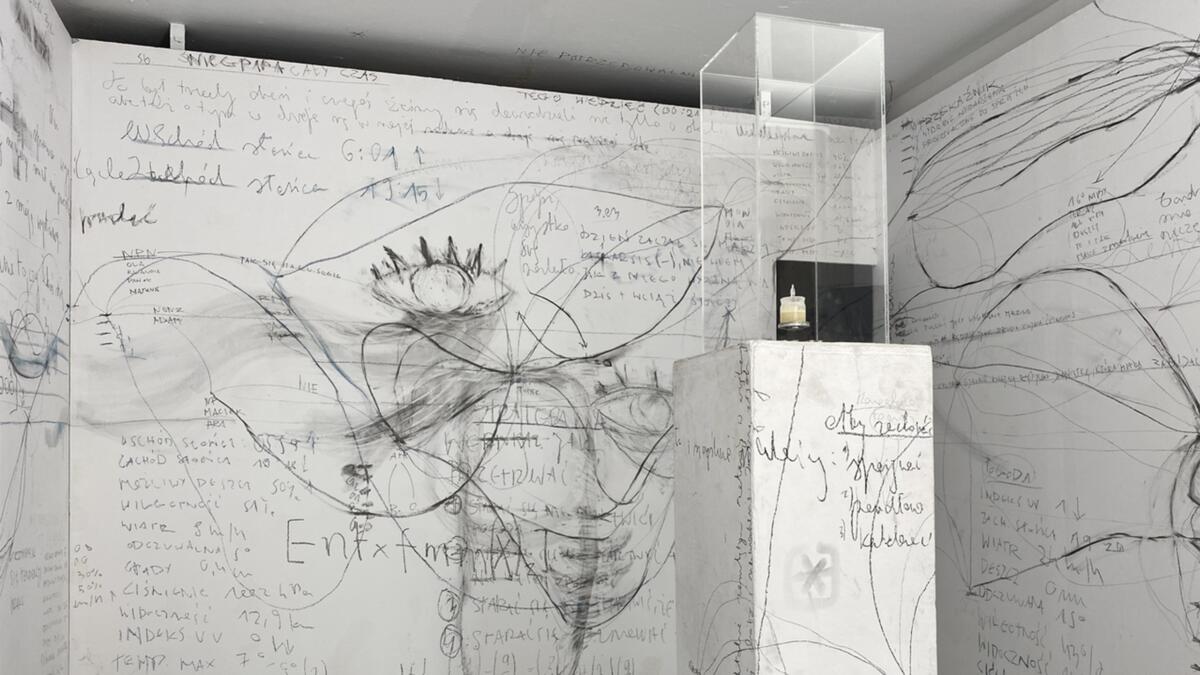
The state of perfect hydration lasts only for a moment.
Breast milk hovers in the levitator[1] in the center of the exhibition. The state of perfect hydration in the first days of life is maintained through mothers’milk. Symbolically it represents many things, but it also provides the body with everything it needs. In the beginning, milk is the fluid that is necessary for life. Later, however, the enzymes that enable lactose digestion decline and milk slowly becomes difficult or sometimes impossible for humans to absorb.
Since it is impossible to achieve homeostasis again, what goal or system are we striving for?
Pataphysics is currently being rediscovered in the scientific world due to, among other things, the possibility of better understanding phenomena in quantum physics. It turns out that explicit solutions do not translate to quantum reality. For example, physicists have tried, and to some extent have succeeded, in proving that in quantum reality, the future determines the present. That is, the future (in the quantum sense) exists and affects what happens now. This is called the experiment of the Cheshire cat, named after the cat from Alice in Wonderland, whose smile you see even though he himself is no longer there. There is an assumption that the quantum future is already conceived and organized. So you can think of it like this, then what we are doing now is actually striving for an already defined future. We as a system are also pursuing a goal, and that goal is to descend from this world. Maybe not the immediate one, but all our actions lead to it. We are using an organism that is already completely depleted in the end.
Edited by Katie Zazenski

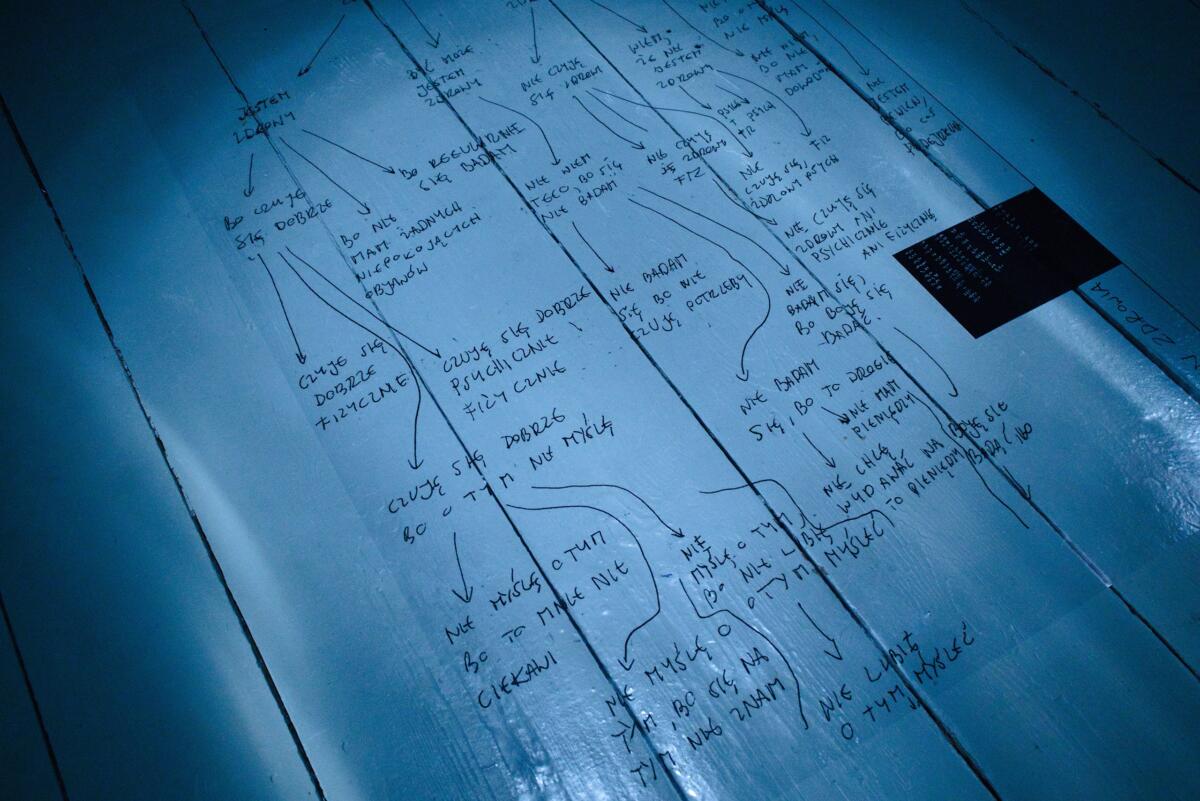
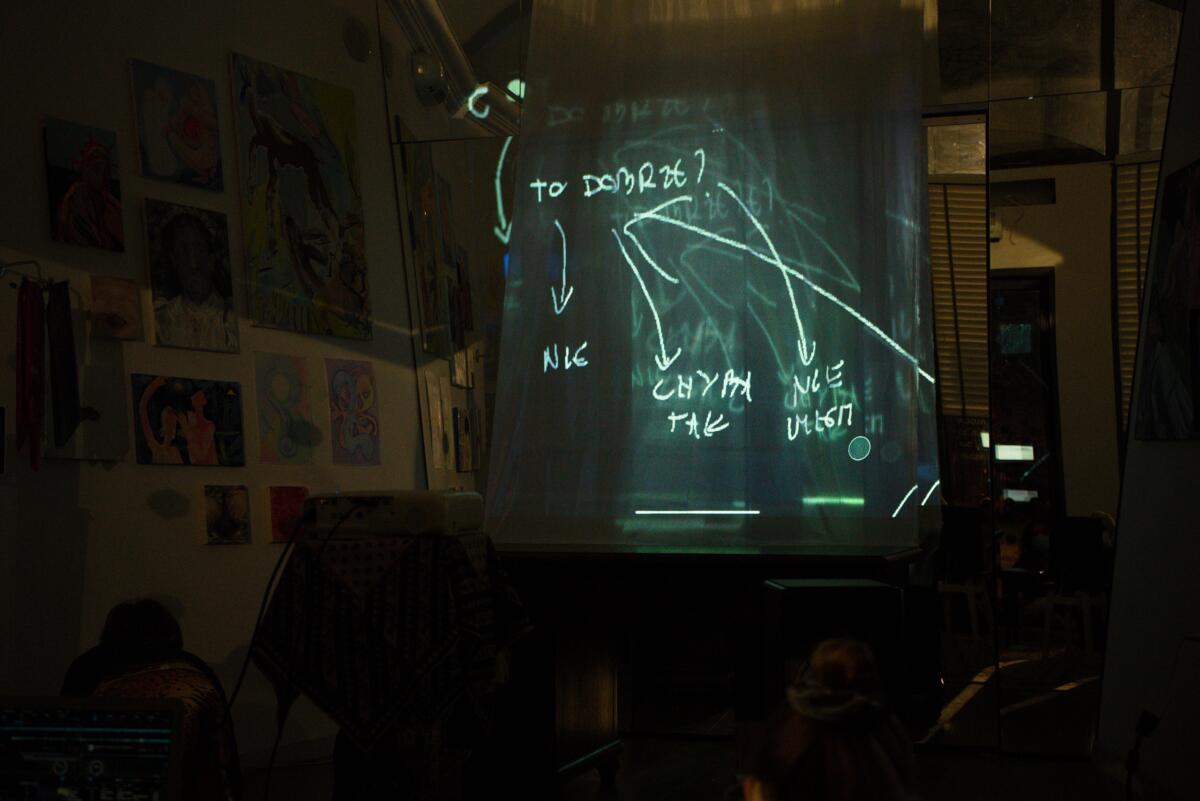
Linda Lach (b. 1995) Currently studying at the Academy of Fine Arts in Warsaw. Lach explores the intersection of science and art and looks for new ways to visualize the data she collects, for example, sketching graphs based on algorithms. She is interested in repetition and human relationships with the digital world. Through data she seeks answers to questions about memory and identity in a world of false evolution. She processes acquired data by looping and splitting. Lach will present her project Trans-line in May 2022. She lives and works in Warsaw.
Sonia Jaszczyńska (b. 1990) graduated in philosophy and law from the University of Warsaw as well as in graphic design from the Academy of Fine Arts in Warsaw. Jaszczyńska is a translator, editor, and illustrator who works in culture.
[1] A machine that uses the balancing condition of magnetic forces to lift objects weighing up to 2 kg.
Imprint
| Artist | Linda Lach |
| Exhibition | FEEDBACK |
| Place / venue | Stroboskop Art Space |
| Dates | 8 April - 13 May 2022 |
| Website | stroboskopartspace.com/ |
| Index | Linda Lach Sonia Jaszczyńska Stroboskop |

